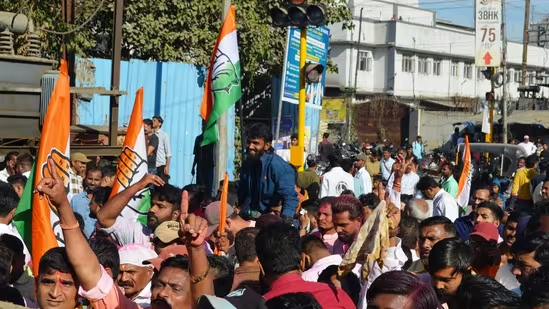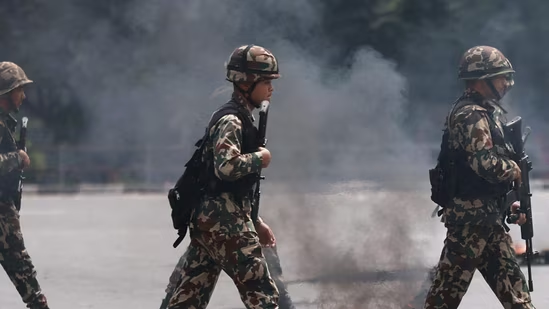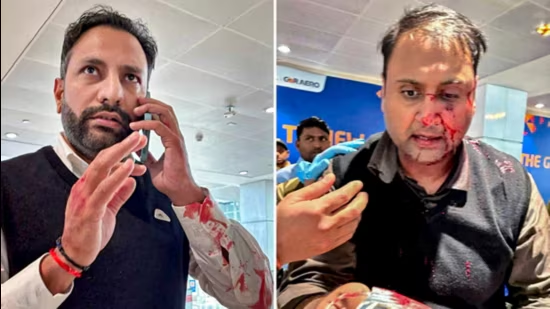the strategic imperatives for the Indian Army in countering the rising militancy in Jammu, Kashmir, and Ladakh. Learn how better equipment, accountability, and a proactive mindset can improve security and operational success.
The surge in militant activities in Jammu, Kashmir, and Ladakh has become a significant concern for Indian security forces. This escalation is attributed to the redistribution of forces to counter the looming threat from China and increasing frustration from Pakistan. Regardless of the root causes, it’s crucial to focus on what can be done with current resources to mitigate these militant threats.
Types of Militant Attacks
Militant attacks generally fall into two categories: those where security forces have the initiative and those where militants hold the upper hand. Militants are typically well-informed about the actions of security forces and plan their moves accordingly. This is evident in attacks on fixed army posts and ambushes on patrol parties. In such scenarios, the army often suffers initial losses as militants exploit the element of surprise. However, once the first shots are fired, the dynamics change.
The shift in advantage
Once contact is made and the element of surprise is lost, the battle depends on which side can control the tempo of the engagement. Here, the Indian Army can leverage its superior resources and tactics. The militant, once located, finds his situation deteriorating with every passing moment, while the army’s position improves. The ability to wait for the right moment to strike gives the army a distinct advantage, making it crucial that no further casualties occur after initial contact.
The loss of contact after it has been established, often due to inadequate night vision equipment and poor communication among pursuing forces, is a critical issue. Ensuring that soldiers are equipped with reliable night vision devices and effective communication tools can significantly reduce casualties.
Ambushes on Convoys
Another significant threat comes from militant ambushes on army or civilian vehicles. While these situations might appear to give the militants the upper hand, the reality is different. Convoys in militancy-affected areas are rare and are heavily guarded. A convoy’s movement is meticulously planned, involving extensive Road Opening Parties (ROPs) that secure the route before any vehicle moves. Additionally, mobile armed escorts accompany the convoys.
Despite these precautions, vehicles are still attacked, and militants manage to escape, indicating two possibilities: either vehicles are moving without the required ROP clearance and escort, or the ROP is ineffective due to fatigue or insufficient personnel.
Accountability and Procedure
When attacks occur due to procedural lapses, accountability must be enforced. Units that allow vehicles to move without proper clearance or escort should be penalized. If the ROPs are ineffective due to overworked personnel, immediate remedial measures must be taken by the controlling headquarters.
Defensive Mindset and Tactical Superiority
A prevalent issue is the defensive mindset within the military command. The focus should not merely be on preventing attacks but on ensuring that any attack fails. Historical military wisdom, such as that from Sun Tzu, emphasises confidence in defence not through the hope of avoiding conflict but by preparing to decisively defeat any attack.
Enhancing military capabilities
The Indian Army boasts well-trained officers and soldiers, supported by robust logistics and superior numbers. In contrast, militants are often untrained, poorly equipped, and operating in hostile territory. Despite this, they manage to inflict significant casualties on security forces, indicating a failure in tactical implementation.
Providing better equipment, especially night vision devices, and ensuring reliable communication among troops can transform engagements. Additionally, enforcing strict adherence to convoy protection protocols and holding those accountable for lapses will enhance operational effectiveness.
Professionalism over Revenge
Calls for revenge after attacks are unprofessional and counterproductive. The focus should be on rectifying systemic issues. Ensuring that soldiers have the best possible equipment and support and that violations of established protocols are punished is essential. Merely labelling fallen soldiers as martyrs does not address the root causes of their deaths.
Conclusion
The persistent militant threat in Jammu, Kashmir, and Ladakh necessitates a strategic overhaul. By equipping soldiers with superior night vision and communication tools, enforcing accountability, and adopting a proactive rather than defensive mindset, the Indian Army can significantly reduce casualties and improve operational success. The goal should not be merely to prevent attacks but to ensure that any attack results in failure for the militants. As a world-class military force, it is imperative that the Indian Army leverage its strengths and address its weaknesses to maintain security and stability in these volatile regions.





























